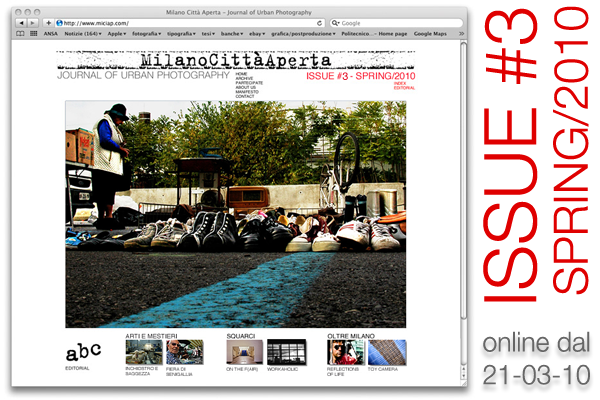Orizzonti rurali
A journey in black and white through two Milanese farmlands. Horizon and identity borderlines of the Milanese people.
In this period, in Milan, there is talk of an architectural rebirth of the city and of its new ‘vertical’ development. A new era that has hit the Milanese people somewhat suddenly, as they have been seized by surprise by post-war urban growth, with Giò Ponti’s Pirellone and the Torre Velasca from the B.B.P.R group.
There are those that mourn the passing of La Stecca and of the woods of the Bosco di Gioia (the Joy Forest) and there are those that praise the modernity and renewal of a city that has often proclaimed to be modern without living up to the title. There is no doubt that the profile of Milan that people once knew is changing. In the meantime, the majority of us have learnt new words like skyline, that was once foreign until now, which is a term that ironically evokes the skyscrapers of New York and Chicago rather than the new buildings of the Region as well as the Torre Branca.
Translated in Italian, its correspondent is horizon, perhaps a less evocative and fashionable term but perfectly adapted to the subject. Horizon can also be synonymous of perspective, intended as expectation from the future, and of boundaries. These are two of the concepts that I wanted to investigate and deepen knowledge of in this report, dedicated to the farming communities of Milan and its surroundings, by investigating not only the rapport between the city and the reality of agriculture that has continued to survive inside and outside of its borders but also the destiny of these unstable strongholds of our traditions and of our social identity. The identity of those who applaud the rise of new skyscrapers, in the place of historical gardens, too.


